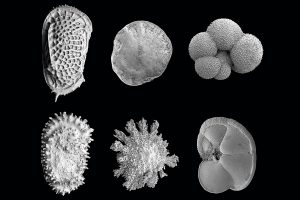Search
In the 1980s, three sub-disciplines of ecology emerged – restoration ecology, conservation biology, and invasion biology – and all three embraced the nativism paradigm.
Natural enemies are a fundamental piece of food webs and can contribute to biodiversity preservation. However, they can often produce dramatic losses, especially when humans are involved.
Species richness is not homogeneous in space and it normally presents differences when comparing among different sites. These differences often respond to gradients in one or several factors which create biodiversity patterns in space and are scale-dependent.
Between the mid-1980s and the present day, conservation biology split into two almost independent fields: management ecology and conservation ecology. We have witnessed the recovery of large endangered species and a decrease in small and common species.
Biodiversity has been changing both in space and time. But, luckily, we have remains of ancient organisms, called fossils. These are basically the only direct records of past biodiversity.
Due to the extreme environmental conditions of the Antarctic continental shelf – its distance from other continents, depth, and the weight of the continental ice – it offers us a great opportunity to better understand how a pristine ecosystem would normally be.
The concept of biological diversity has evolved from a simple count of species to more sophisticated measures that are sensitive to relative abundances and even to evolutionary divergence times between species. In the course of this evolution, diversity measures have often been borrowed from other disciplines.
In modern ecology, the traditional diversity indices (usually of richness, abundance, and species evenness) have been highly revealing and useful for monitoring community and ecosystem processes.
Els éssers humans ja fa temps que som conscients de ser una espècie amb gran poder per modificar el món natural. I tant que ho hem fet. Però només fa unes dècades que la societat, amb veu ferma, es revolta contra la desfeta duta a terme.









